A Revolution in Military Affairs (RMA) is a period of rapid, transformative change in warfare, driven by technological innovation and resulting in fundamental shifts to doctrine, strategy, and organization. One of the most consequential RMAs in modern history occurred during the First World War, which saw the introduction of new battlefield technologies on an unprecedented scale.
For the first time, tanks, aircraft, poison gas, U-boats, machine guns, flamethrowers, advanced artillery, radio communications, and aerial ISR were used in concert leading to over 10 million combat deaths and more than 21 million wounded. An estimated 70–75% of all combat fatalities were caused by artillery, which had evolved dramatically through innovations like indirect fire, rolling barrages, and extreme-range weapons such as Germany’s Paris Gun, which could strike targets over 130 km (81 miles) away.
As George Santayana famously warned: “Those who cannot remember the past are condemned to repeat it.” While the exact scale and character of future wars may defy prediction, the United States and its allies must learn from the war in Ukraine and implement sweeping changes to doctrine and fielded weapon systems before these lessons are paid for with American lives.
Embrace the Revolution
Conventional warfare has changed dramatically since the early 2000s. The ongoing war in Ukraine represents a new RMA on par with World War I. The widespread integration of unmanned systems, electronic warfare, advanced air and missile defenses, artificial intelligence, and tactical mobility innovations makes the 2003 invasion of Iraq look like a conflict from a bygone era.
Alarmingly, many “advanced” Western weapon systems have proven ineffective in this new environment. One striking example is the $100,000 Excalibur GPS-guided artillery shell. Due to Russia’s successful jamming efforts and high failure rates, Ukrainian forces have largely discontinued its use. Other Western systems are reportedly experiencing similar performance issues.
What Happened to Air Superiority?
One of the defining features of this war is the absence of air superiority. Neither Russia nor Ukraine has been able to dominate the skies, primarily due to highly lethal and layered Integrated Air Defense Systems (IADS). Russia has reportedly lost over 300 fixed-wing aircraft to Ukrainian air defenses. As a result, manned aircraft are confined almost exclusively to friendly airspace, severely limiting their strategic utility.
Kamikaze Drones and Loitering Munitions
The first major shock of this RMA was the mass deployment of fixed-wing kamikaze drones. Russia’s Shahed-136s mass-produced Iranian designs are launched in saturation waves of 400–500, overwhelming Ukrainian air defenses and striking infrastructure.
Ukraine has retaliated with its own kamikaze drones, conducting deep strikes into Russian territory targeting fuel depots, arms factories, and even high-value personnel in Moscow.
Another critical development is Russia’s use of the ZALA Lancet loitering munition. Between July 2022 and February 2024, open-source intelligence indicates over 1,100 Lancet strikes, damaging or destroying nearly 1,000 targets, including 800 Ukrainian artillery systems or vehicles. The British Ministry of Defense labeled it Russia’s most effective new capability of 2023, with a reported ~90% effectiveness rate.
The Rise of FPV Suicide Drones
Perhaps the most innovative response of the war has been Ukraine’s deployment of First-Person View (FPV) suicide drones, notably during Operation Spider Web, which reportedly disabled around 33% of Russia’s strategic bomber fleet.
Ukrainian forces are now producing 30,000–50,000 FPV drones per month, partially funded by decentralized crowdfunding. Initially dismissed by Russian leadership, FPV drones now account for up to 80% of battlefield losses, surpassing artillery as the new “king of battle.”
Some Ukrainian and Russian units have fielded fiber-optic-tethered FPV drones resistant to electronic warfare capable of striking targets over 40 km away.
FPV drones are regularly used for:
Anti-tank attacks
Trench assaults
Search-and-destroy missions (targeting logistics, artillery, and air defenses)
Swarm tactics to overwhelm positions
Russia has adopted identical tactics and basically mirrors Ukraine’s drone tactics across the front. These $400–$700 systems are routinely destroying $50,000–$500,000 vehicles, achieving a 1:1000 cost-exchange ratio.
Air and Missile Defense: A War of Layers
Ukraine has developed a multi-layered, NATO-integrated air defense network capable of intercepting:
Ballistic and cruise missiles
Loitering munitions and Shahed drones
Glide bombs
Manned aircraft
To overwhelm these defenses, Russia deploys complex strike packages combining decoys, drones, and missiles, causing Ukraine’s interceptor success rate to fluctuate between 60%–70% depending on saturation and target type.
The economic asymmetry is a problem. A Shahed-136 costs $20,000–$30,000, while interceptors range from $1–3 million. In response, Ukraine has begun integrating AI into radar systems for automatic target prioritization, enabling more efficient use of limited defense resources.
Meanwhile, Ukraine employs long-range precision systems like HIMARS and Storm Shadow missiles to strike Russian logistics hubs and command nodes behind the front lines.
AI: The New Force Multiplier
Artificial Intelligence is now a core enabler of modern warfare, enabling:
Autonomous target acquisition and engagement
Drone loitering and strikes without human input
Jam-resistant drone coordination and swarm tactics
Automated ISR imagery analysis
Predictive artillery mapping
Ukraine’s Saker Scout drone uses AI to scan terrain, identify targets, and strike autonomously if the signal with the operator is lost. It operates up to 30 km away with a 60–70% success rate without human control.
AI also powers:
Deepfake and psychological operations
Medical triage using wearable sensors
Optimized logistics and CASEVAC via swarm algorithms
In essence, small, smart units now operate with the reach and precision once reserved for battalions.
Tactical Mobility in a Drone-Dominated Battlefield
The dominance of drones has made traditional armored platforms like tanks and IFVs increasingly vulnerable. Russian forces have experienced weeks with over 1,000 casualties per day, and in some sectors, FPV drones account for 70–80% of losses.
In response, Russia has resorted to motorbike assault teams, dubbed “suicide bikers”, attempting fast strikes before drone kill chains can activate. Despite such adaptations, Russian losses continue to climb often in the thousands weekly with little strategic gain.
Ukraine has had to adapt as well. Russian military sources claim that 65% of casualties they inflict occur during troop rotations and resupply, not front-line combat. Only 35% of Ukrainian casualties happen at the front. Fiber-optic FPVs have made ground movements within 20 km of the front lines extremely dangerous.
To adapt, Ukraine is replacing traditional roles with robots:
Autonomous mine-laying vehicles have been spotted operating within 20 km of the front.
Unmanned Ground Vehicles (UGVs) now carry out logistics missions to forward positions.
A Glimpse Into Future Wars
The war in Ukraine is not just a regional conflict it is a laboratory for next-generation warfare. The United States and its allies must study and adapt to the lessons emerging daily.
Traditional tactics lead to unsustainable losses. North Korea, for example, reportedly deployed 10,000–12,000 soldiers to assist Russia using outdated Cold War tactics. Within a year, nearly 4,700 of them became casualties.
Meanwhile, Russia and Ukraine are pioneering autonomous systems, AI-guided weapons, and drone swarms that are reshaping the battlefield faster than traditional militaries can respond.
We are witnessing the collapse of traditional doctrine and the rise of autonomous, AI-enhanced warfare.
The views expressed herein are those of the author and do not necessarily reflect the official policy or position of the Department of Defense or the U.S. Government.




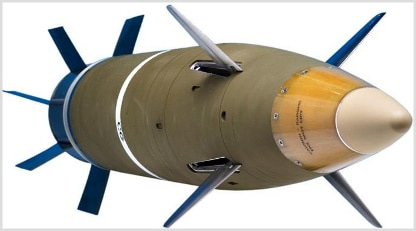

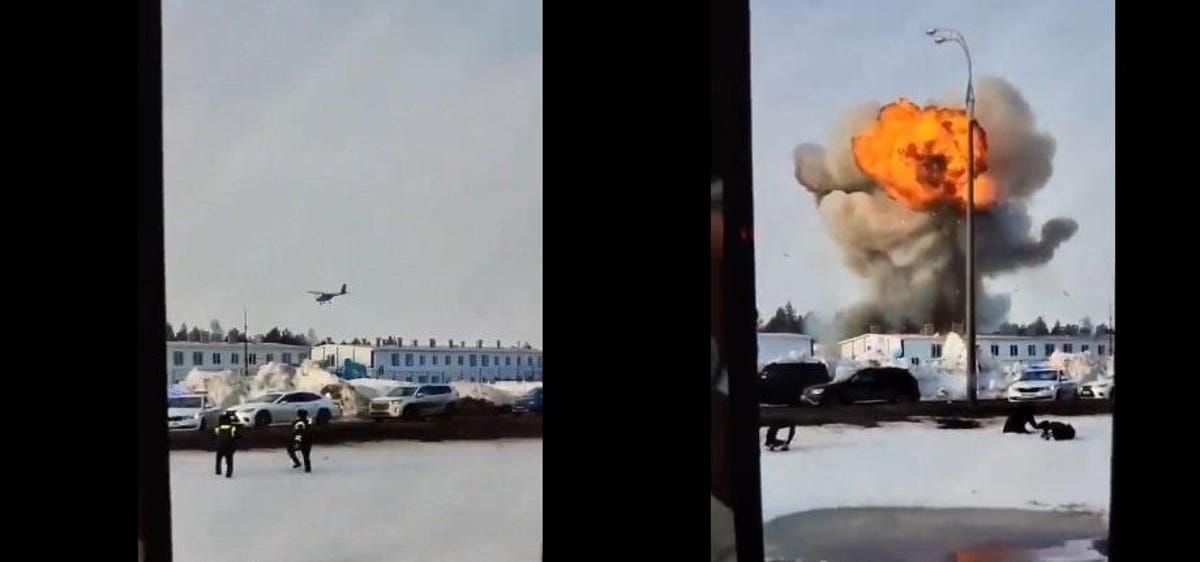
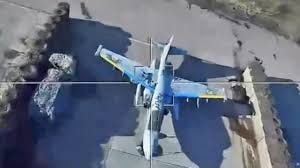
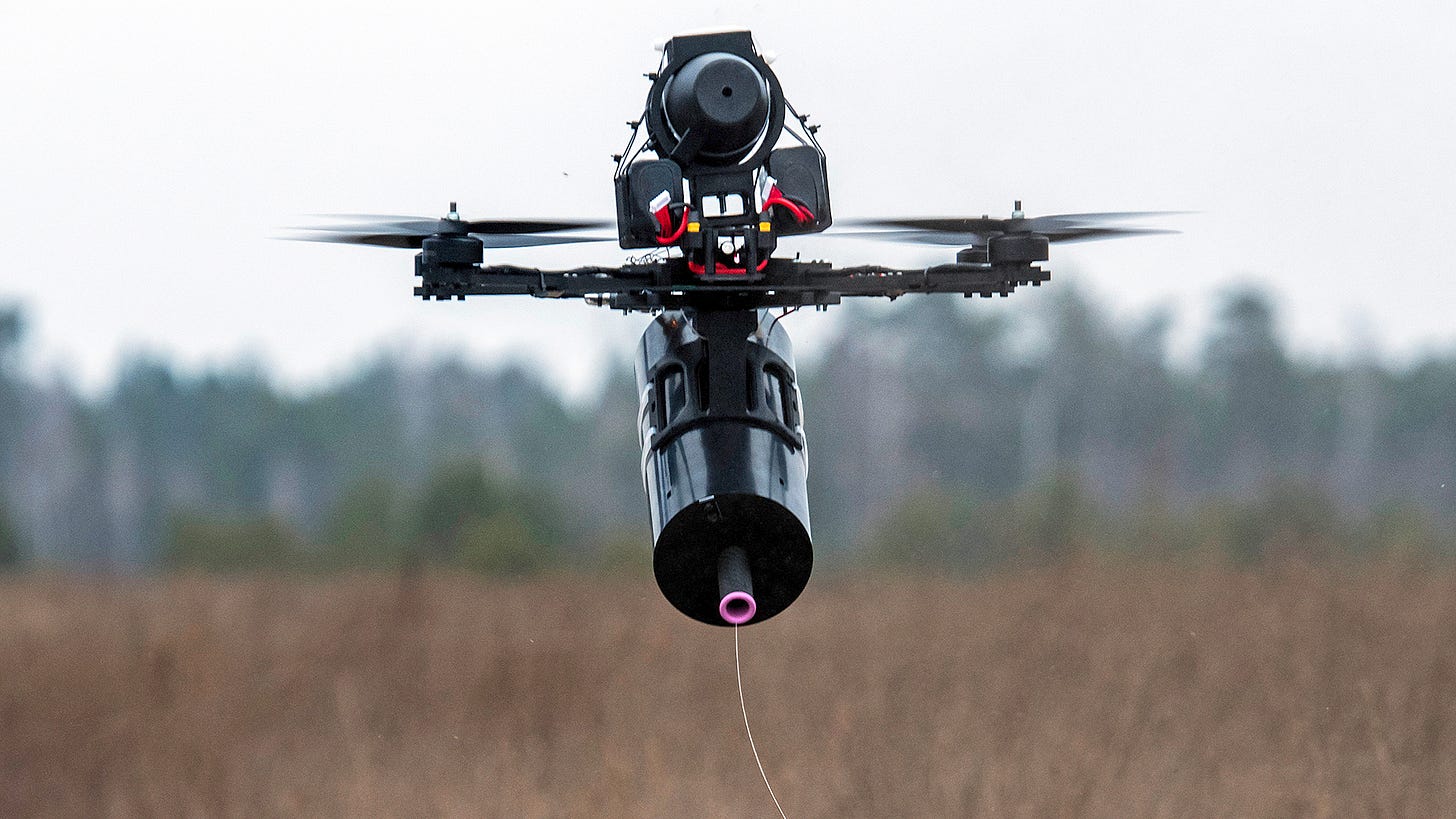

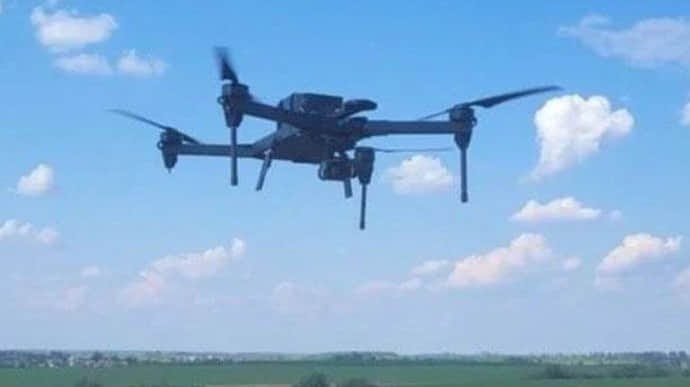
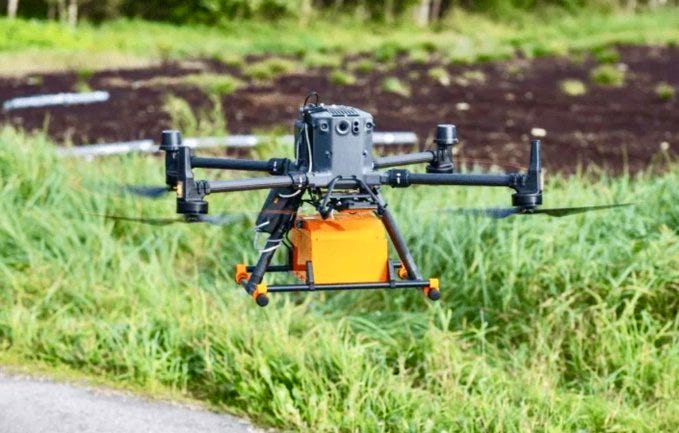


Really sharp breakdown. Especially appreciated the comparison to WWI.
What stood out to me the most was the cost disparities. We're burning million-dollar interceptors built for the price of a PC. That flips deterrence on its head. If our playbook still assumes dominance via expensive platforms, the game has changed.
Do you think that the US defense base is structurally capable of adopting a quantity over quality mindset? Or do you think we will have to see a full culture shift first?